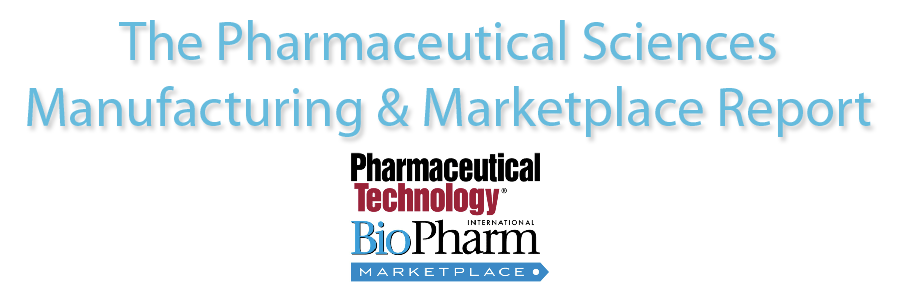Calling all
pharmaceutical industry experts with valuable knowledge on important subjects
and a passionate opinion to go with it: I want you to contribute to this blog
or to write an article for the Pharmaceutical Sciences, Manufacturing &
Marketplace Report!
Has your
company developed a new characterization technique that could reduce production
times and help lighten the burden on pharmaceutical QC labs? Have you used a
tried and true excipient in a new way that formulators could benefit from? As a
biosimilar manufacturer, are there specific technologies that you find help
ensure consistent quality that matches the branded drug?
Take this
opportunity to demonstrate your expertise to an interested audience. As a
journalist with a chemical background and many years of working in the fine and
specialty, coatings, pharmaceutical, and related industries, I am in an
excellent position to speak with industry experts and synthesize and organize
their thoughts and perceptions. But I would like to add to that service by
providing direct insights from the experts themselves.
Please contact me (PSMMREditor@gmail.com) with your proposed topic.
.
And don’t
forget. If you haven’t already, you can sign up for the Pharmaceutical
Sciences, Manufacturing & Marketplace Report here.
Cynthia A. Challener, PhD
Editor
The
Pharmaceutical Sciences, Manufacturing & Marketplace Report
